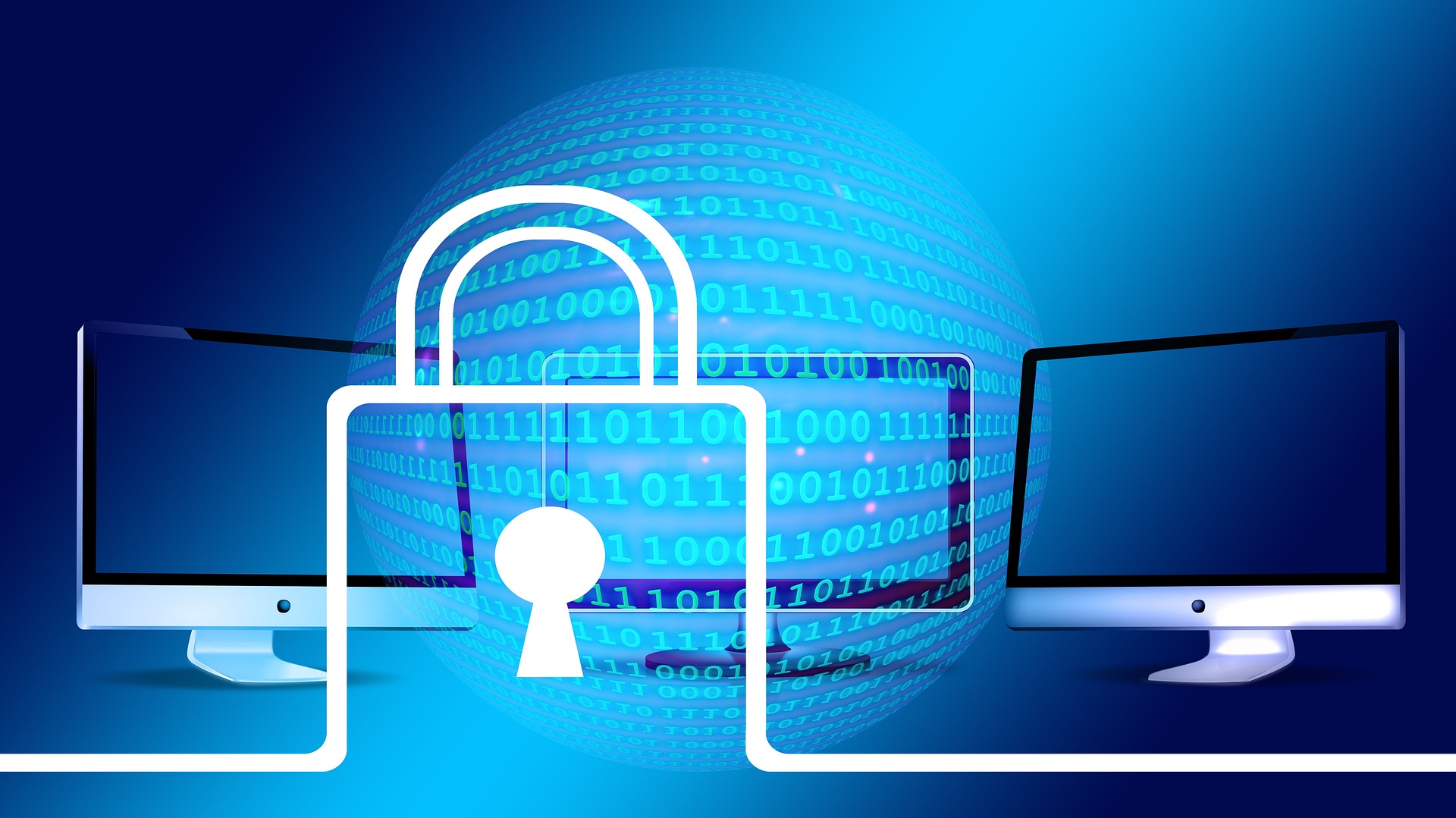Techniques for Securing and Maintaining a WordPress Website
As the world’s most well-liked content management system (CMS), WordPress powers millions of websites and is used by individuals, small businesses, and large organizations alike. While it is a powerful and easy-to-use platform, it is essential to secure and maintain your WordPress website to keep it safe and running smoothly.
WordPress offers many features and benefits but requires regular maintenance and security measures to protect against vulnerabilities and threats.
This blog will cover some essential techniques for securing and maintaining a WordPress website.
Update WordPress, all plugins, and all themes
One of the most straightforward ways to secure your WordPress site is to keep the core software and all plugins and themes up to date. Regular updates to WordPress are released to address security flaws and enhance speed, and installing these upgrades as soon as possible is crucial.
The same goes for plugins and themes – To keep them secure and compatible with the most recent WordPress version, update them frequently. You can configure WordPress to automatically apply updates or manually update them from the WordPress dashboard.
Use strong passwords and enable two-factor authentication
Another primary security measure is to use strong passwords for all user accounts on your WordPress site. Avoid using common words or phrases and include a mix of upper and lower case letters, numbers, and special characters.
Using a password manager to generate and store unique passwords for all your accounts is also a good idea. In addition to using strong passwords, you can enable two-factor authentication (2FA) to add an extra layer of security.
With 2FA, users must enter a code sent to their phone or email and their password to log in. It helps prevent unauthorized access even if someone else gets your password.
Use a security plugin
Many WordPress plugins can help to secure your site and protect against common threats. Some popular options include:
● Wordfence: This plugin provides real-time blocking of known threats, malware scanning, and the ability to enforce strong passwords and two-factor authentication.
● iThemes Security: This plugin offers a range of security features, including malware scanning, two-factor authentication, and blocking suspicious IP addresses.
● Sucuri: This plugin offers website firewall protection, malware scanning, and security notifications.
Backup your site regularly
Backing up your WordPress site is crucial in case something goes wrong or your site is hacked. There are various methods for supporting your location, including using a plugin or a hosting provider that offers automatic backups.
It’s a good idea to create both local and remote backups, with the latter stored on a separate server or cloud service. This way, you’ll have a copy of your site in case something happens to your primary hosting environment.
Monitor your site for security issues
To ensure that your WordPress site remains secure, monitoring it regularly for any security issues is essential. You can use tools like Sucuri SiteCheck to scan your site for malware and keep an eye on your website logs for any unusual activity.
Additionally, you can use a security plugin that alerts you to any potential threats or vulnerabilities.
Implement SSL certificates
A secure connection between a client and a server is made possible via the SSL (Secure Sockets Layer) protocol. SSL certificates establish trust between a website and a user’s web browser.
When a user visits a website that is secured with an SSL certificate, their connection to the website is encrypted, making it difficult for anyone to intercept the data that is being transmitted. SSL certificates are essential because they help to protect sensitive information that is transmitted over the internet, such as passwords, credit card numbers, and personal information.
Users can trust that their data is transmitted securely when a website has an SSL certificate.
Disable XML-RPC
XML-RPC is a feature in WordPress that allows remote management of your website. Some WordPress plugins and mobile apps use it to communicate with your website. However, XML-RPC can also be a security risk, as attackers can exploit it to launch denial of service (DoS) attacks or compromise your website.
Remember that disabling XML-RPC may prevent some plugins and mobile apps from functioning correctly. If you use any plugins or apps that rely on XML-RPC, you may need to leave XML-RPC enabled or found an alternative solution.
It is also essential to keep your WordPress software and plugins up to date to reduce the risk of security vulnerabilities.
Protect wp-config.php and .htaccess files
The wp-config.php and .htaccess files are essential files in your WordPress installation. The wp-config.php file contains sensitive information, such as your database credentials, and the .htaccess file controls how your website functions.
Protecting these files from unauthorized access is important to prevent potential security breaches. You can take the following actions to safeguard these files:
• Change the file permissions
• Move the wp-config.php file
• Use a security plugin
• Protect the WordPress directory
By taking these steps, you can protect the wp-config.php and .htaccess files and reduce the risk of potential security breaches. It is essential to regularly review and update your security measures to ensure that your website remains secure.
Regularly scan your website for malware
Malware is malicious software that can compromise the security of your website. It is important to regularly scan your website for malware to ensure it is secure and protect your visitors from potential threats.
By regularly scanning your website for malware and preventing infections, you can help keep your website secure and protect your visitors.
Final Words
In conclusion, securing and maintaining a WordPress website requires regular attention and effort. By following the techniques outlined above, you can help to protect your site from threats and ensure that it remains stable and secure. It’s also a good idea to consult with a professional web developer or security expert if you have any questions or concerns.

